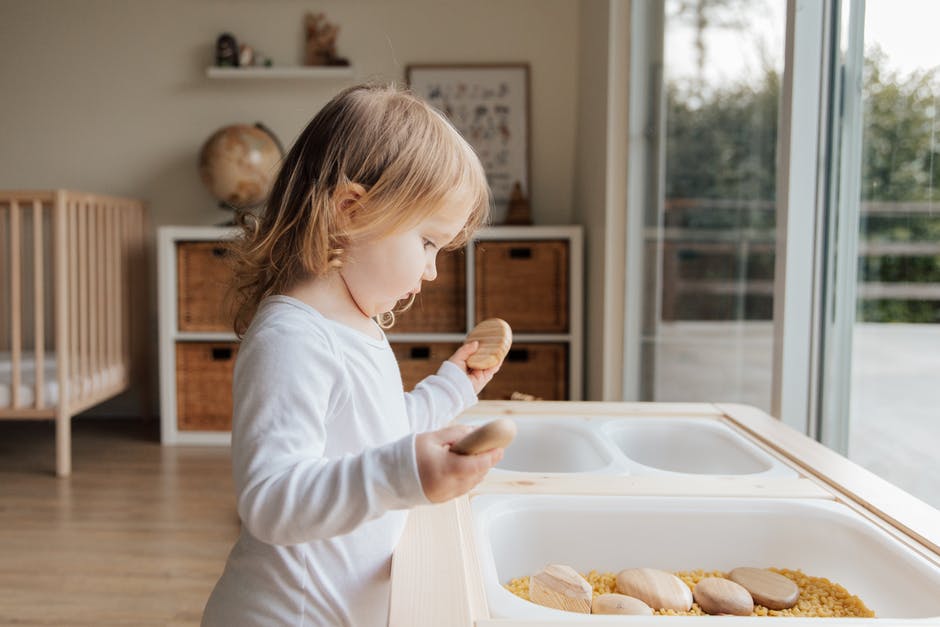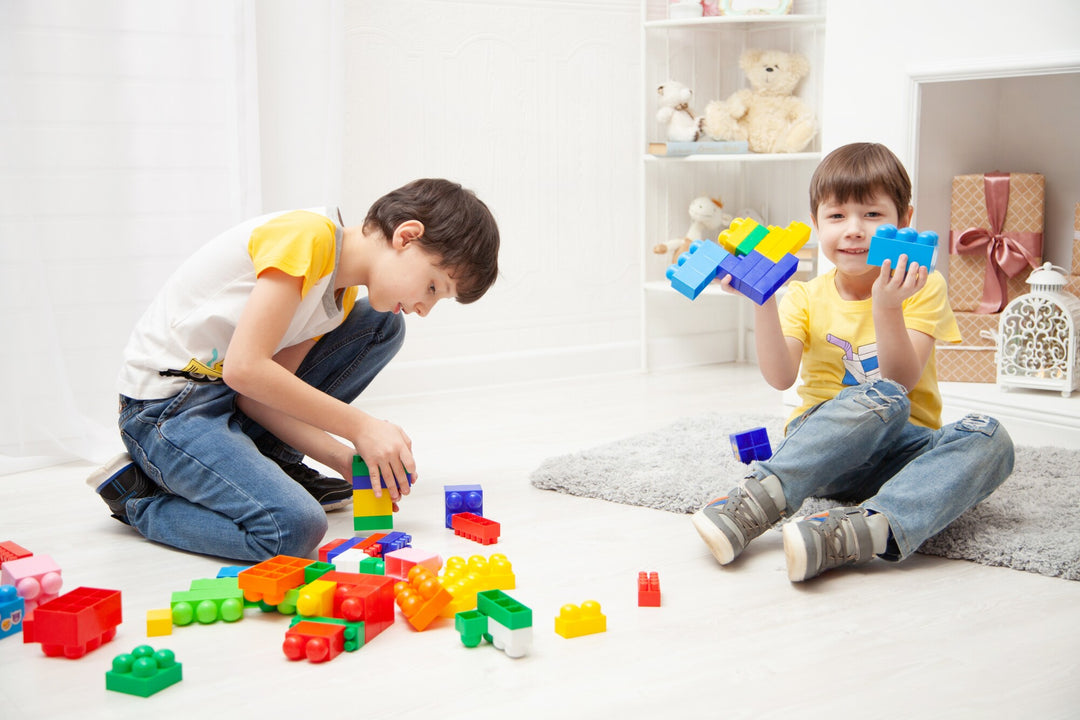Integrating Sensory Breaks Into The School Day To Help Students Reset And Refocus

A full day at school can be exhausting and overwhelming for children of any age. Integrating sensory breaks into the school day offers a practical and effective strategy for early childhood and primary educators to help enhance student focus, engagement, and overall well-being. By including short, structured intervals into your classroom routine, you provide space for students who may need to reset and refocus, promoting a more inclusive learning environment. Incorporating appropriate sensory toys and aids can further enrich these breaks, providing targeted sensory input that supports self-regulation and concentration.
What Are Sensory Breaks In The Classroom Routine?
Sensory breaks are brief periods during which students engage in activities designed to provide specific sensory input. These activities can help regulate the nervous system, reduce stress, and improve attention. For children with sensory processing challenges, such as those with autism or ADHD, sensory breaks are particularly beneficial in managing sensory overload or under-stimulation. However, all students can benefit from these breaks as they offer opportunities to move, stretch, and reset, which are essential for maintaining focus throughout the school day.
What Are The Benefits of Sensory Breaks At School?
Incorporating sensory breaks into the classroom routine offers several advantages:

- Enhanced Focus and Attention: Regular breaks help prevent fatigue and maintain concentration, leading to improved academic performance.
- Improved Behaviour: Providing outlets for sensory needs can reduce restlessness and disruptive behaviours.
- Emotional Regulation: Sensory activities can help students manage anxiety and stress, promoting a calmer classroom environment.
- Physical Well-being: Movement-based breaks encourage physical activity, contributing to overall health.
Practical Ways to Include Sensory Breaks For Your Class
Integrating sensory breaks into the school day can be achieved through various methods:
- Scheduled Breaks: Incorporate short sensory activities between lessons or during transitions to help students reset.
- Sensory Stations: Set up designated areas in the classroom equipped with sensory tools and aids where students can engage in activities as needed.
- Whole-Class Activities: Implement activities that involve the entire class, such as stretching or movement exercises, to promote inclusivity.
- Individual Plans: For students with specific sensory needs, develop personalised sensory break schedules in collaboration with occupational therapists.
Sensory Toys and Aids to Enhance Sensory Breaks
Utilising sensory toys and aids can significantly enhance the effectiveness of sensory breaks. Here are some examples suitable for different sensory needs:

- Fidget Tools: Items like the Kaiko Fidget Range provide tactile stimulation, helping students maintain focus and manage restlessness.
- Weighted Products: The Weighted Lap Pad offers deep pressure input, which can have a calming effect and aid in concentration.
- Chewable Aids: For students requiring oral sensory input, the Jellystone Designs Chewable Pencil Toppers provide a safe and discreet option.
- Sensory Balls: The Edushape Sensory Balls offer tactile feedback and can be used for various activities to stimulate the senses.
- Visual Timers: The Time Timer MOD helps students understand the passage of time, aiding in time management and focus.
A Quick Guide For Implementing Sensory Breaks
- Assess Student Needs: Observe students to identify those who may benefit from sensory breaks. Consult with occupational therapists or special education professionals for insights into specific sensory needs.
- Plan the Schedule: Determine appropriate times for sensory breaks, such as between lessons or during transitions. Ensure breaks are brief (3-5 minutes) to maintain the flow of the day.
- Select Appropriate Activities: Choose activities that align with the sensory needs of your students. Incorporate a variety of options to cater to different preferences.
- Establish Guidelines: Set clear expectations for the use of sensory breaks. Teach students how to use the tools appropriately and respect the purpose of each activity.
- Evaluate and Adjust: Regularly assess the effectiveness of the sensory breaks and make adjustments as needed. Gather feedback from students and colleagues to inform any changes.
Examples of Sensory Break Activities

- Movement Breaks: Quick stretches, yoga poses, or simple exercises can provide necessary proprioceptive and vestibular input.
- Sensory Paths: Create paths with different textures and shapes for students to walk on, offering tactile and visual sensory input.
- Breathing Exercises: Guided deep breathing can help calm the nervous system and improve focus.
- Hand Fidgets: Using stress balls or fidget spinners can provide tactile stimulation and aid concentration.
- Visual Relaxation: Watching a liquid motion timer or a calming visual display can help reset visual focus.
Integrating sensory breaks into the school day is a practical approach to supporting the diverse sensory needs of students. By incorporating appropriate sensory toys and aids, educators can create an inclusive environment that promotes relaxation, stimulation, and focus. This not only enhances the learning experience but also supports the overall well-being of students, paving the way for a more effective and harmonious classroom setting.
We’ve worked hard to curate a comprehensive selection of sensory products suitable for classroom sensory breaks for all ages here at Sensory Assist. Our sensory aids and toys range includes tools and aids designed to support the diverse sensory needs of students, assisting educators in creating optimal learning environments.
Discover how sensory classrooms can support learning for every student.













